The Doric Column (5th century BC) is one of the most representative monuments of the ancient Greek city of Gela, the only survivor of a great temple dedicated to Athena. Found in the ancient acropolis at the beginning of the 20th century, it was later put on a podium in the 1950s, as a symbol of the renewed interest in the antiquities of the territory.
The 7.75-metre-high column, originally rested directly on the base of the temple, which built at the behest of tyrant Hieron of Gela following the victory of the Greeks over the Carthaginians in 480 BC at Himera.
The temple was destroyed in 405 BC by Himilko, a Carthaginian general who had come to Sicily to avenge the defeat of Himera. Once Gela was besieged, after the flight of its inhabitants, he set fire to it, demolishing the sacred buildings, including the Temple of Athena.
The Doric city was destroyed 283 years after its foundation. The remains of the temple were dismantled to create an emporium in the area of the acropolis and in the Middle Ages they were used as a quarry for the construction of Heraclea. Of the probably 48 columns that originally made up the temple, only one surviving column remained, which today has become one of the historical symbols of modern Gela.
| YEAR OF CONSTRUCTIONS | V sec. a.C. | ||||
| CURIOSITY | The remains of the temple were dismantled to create an emporium in the area of the acropolis and in the Middle Ages as a quarry for the construction of Heraclea. | ||||
| ACCESSIBILITY |
|
||||
| NOT INCLUDED |
|
Written by: Giuseppe La Spina

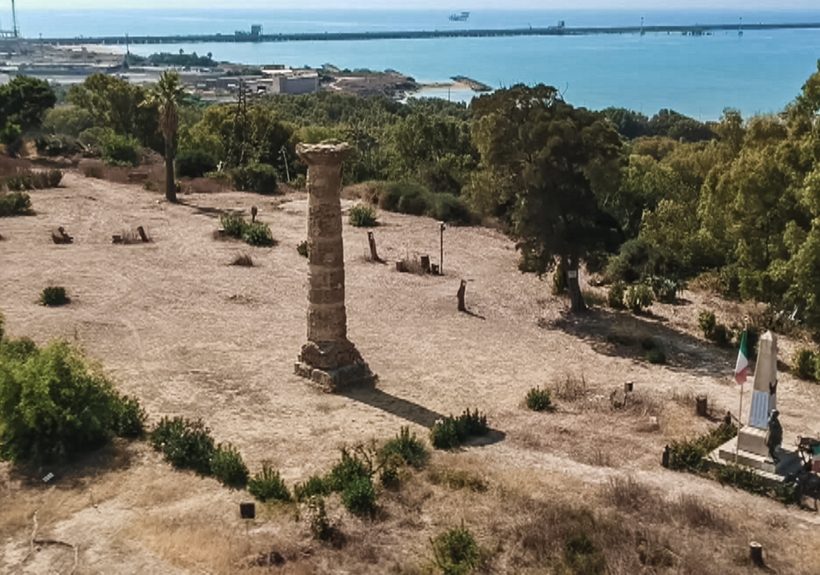
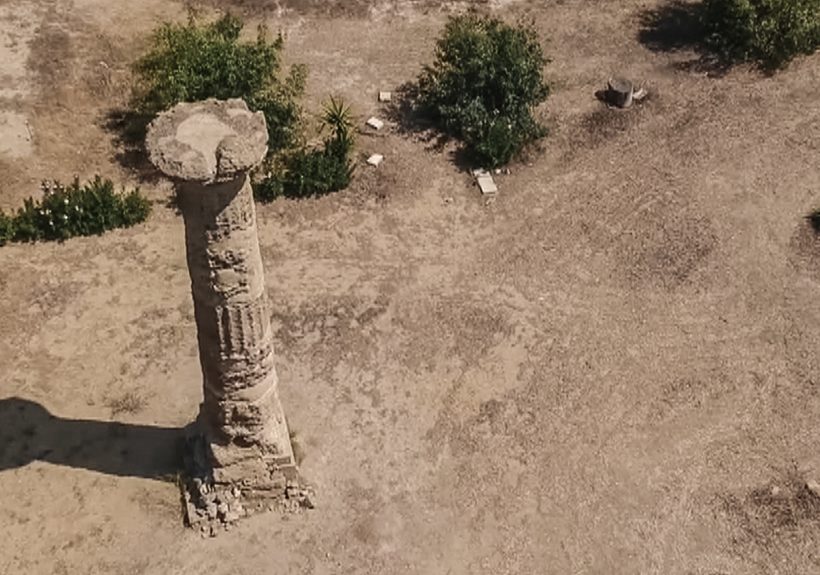
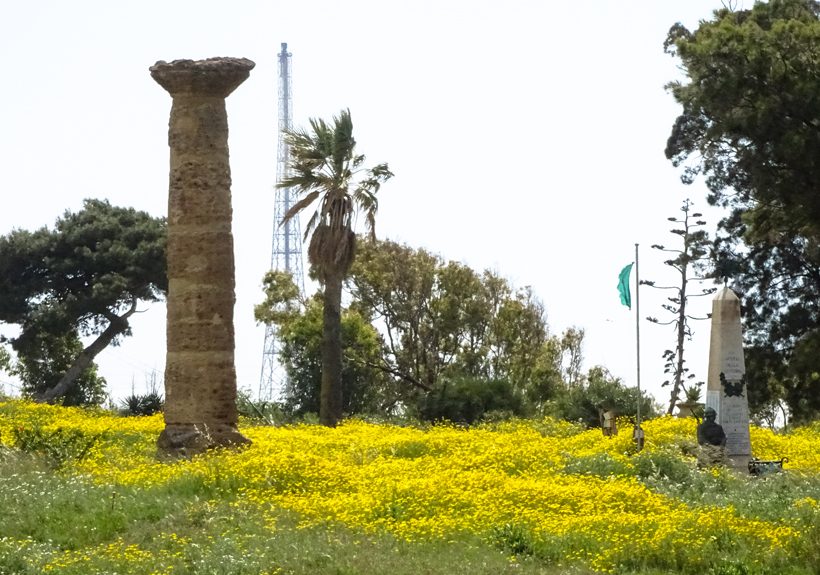
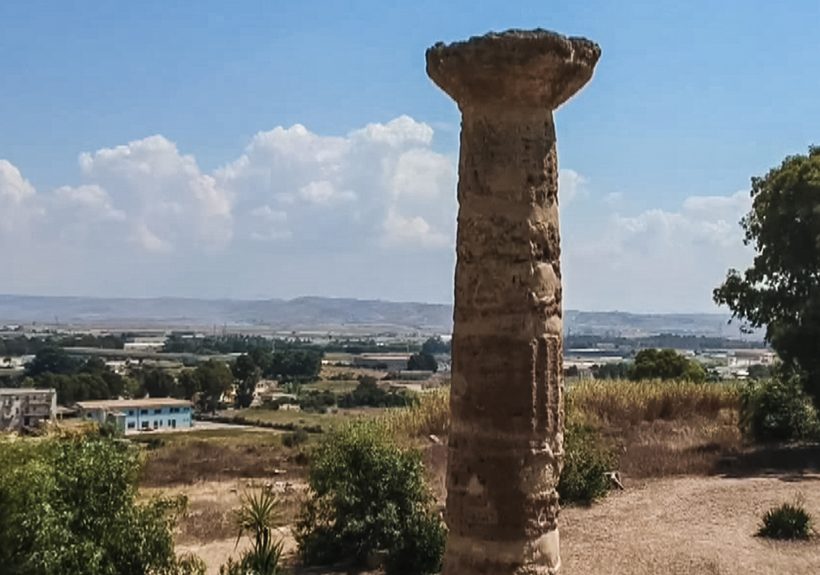
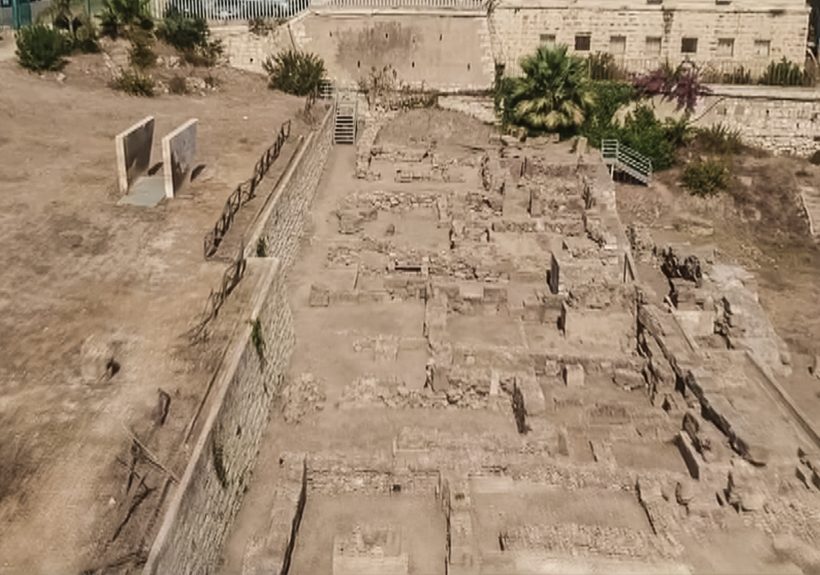
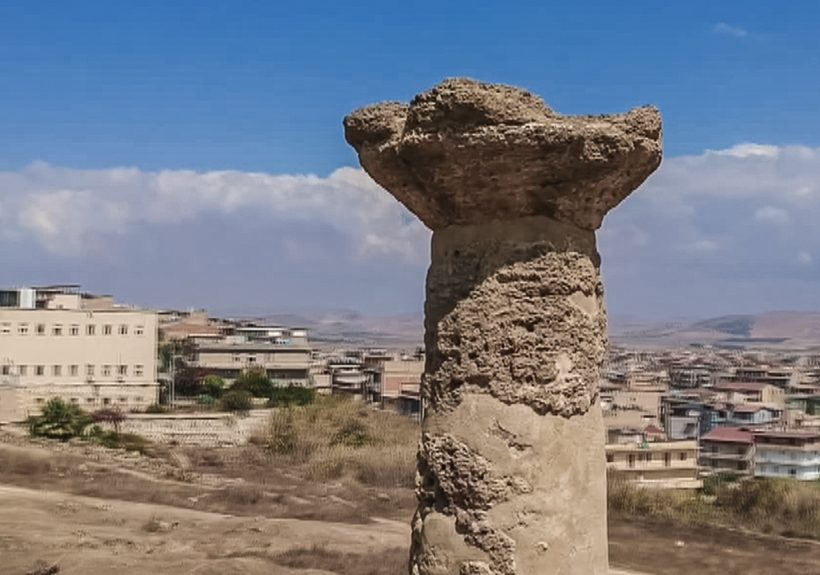
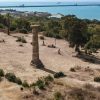
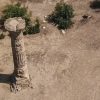
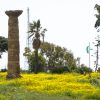
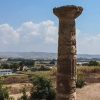
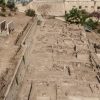
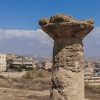
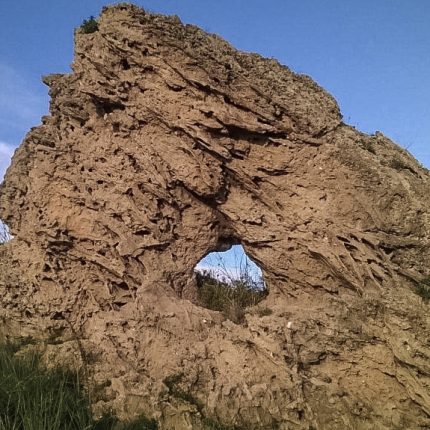

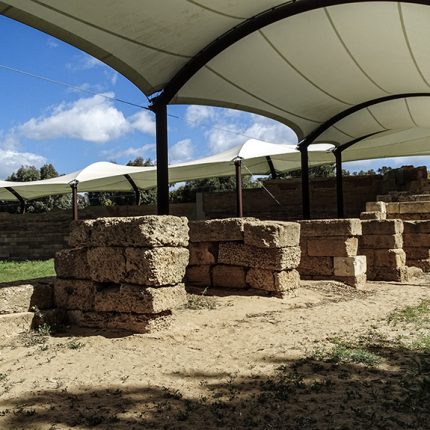
Reviews
There are no reviews yet.